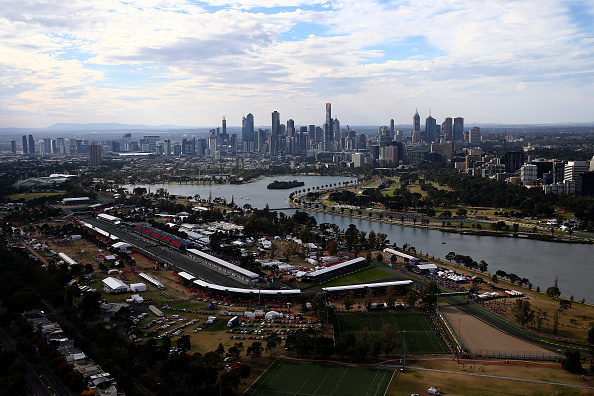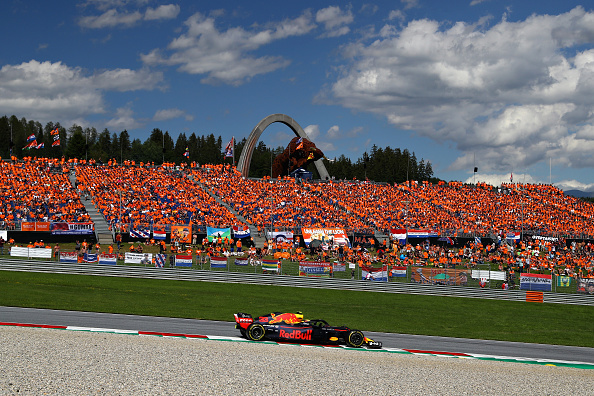Liberty Media face logistical nightmare as swelling Formula One calendar puts squeeze on teams

Next season Formula One will race out of the blocks with back-to-back grands prix in Australia and Bahrain in an attempt to fit a record 22-race season into the 37 weeks currently spanning the calendar.
It is a significant amendment to the season as F1 owners Liberty Media press on with plans to expand into new territories while staying true to the sport’s heartlands.
The addition of races in Holland and Vietnam, with only the German Grand Prix being cut, means there will be one additional stop next season, after Monza joined Silverstone in renewing its hosting rights.
Read more: Toro Rosso role in question as Red Bull roll dice again with Alex Albon
Race volume has steadily increased but the latest change met some resistance from teams due to the increased demand it is set to place on their drivers and staff.
They ultimately approved the additional race weekend on the condition that there were no regulation changes.
Mercedes team principal Toto Wolff dubbed it a necessary decision to “support” Liberty in its bid “to grow F1” and “attract promoters”.
It means 2020 will entail more double-headers than initially planned, with seven in total. The additional back-to-back races will come at the start of the season in March and in early May, when Spain follows immediately after Holland.

It is an obvious method to drive up revenue and Liberty has suggested it could expand the season further, to as many as 24 races, with a particular emphasis on North America and Asia.
The American corporation has struggled to grow F1’s revenue since buying out CVC Capital Partners in 2017, with the previous regime having largely exhausted potential income from promoter fees.
As well as the strain it could place on their resources, teams have also expressed concerns that adding more races may harm the sport’s exclusivity.
Next year teams will travel to 22 countries across six continents in just 260 days. Excluding the three-week summer break in August, teams would spend on average just over 10 days in each place and be required to fly thousands of miles around the globe.
While the schedule aims to gradually move across the planet, it is not always possible due to ongoing calendar commitments.
It means that scenarios such as in May and June arise, where between the Monaco and French Grands Prix teams must fly to Azerbaijan and then Canada before returning to Europe.
Similarly, toward the latter stages of the season the Italian Grand Prix is followed by Singapore then Russia a week later, before heading to Japan and then across the Pacific Ocean to the United States.
How the calendar looks beyond 2020 will be just one of the topics on the agenda as teams also discuss the regulations, budget caps and engine changes that will make up the new Concorde Agreement.
It is clear, however, that if Liberty Media is to continue with its efforts to add more races to the calendar then a more streamlined version may be required to appease teams.